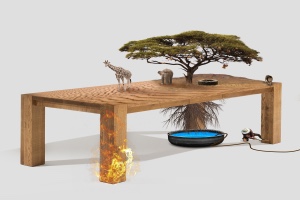
World Water Day Special
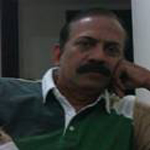 By Sudeep Sonawane*
By Sudeep Sonawane*
More than 200 million Indians suffer chronic diseases, including cancer of the kidneys and skin, because of drinking groundwater contaminated by lethal heavy metals like arsenic, a water expert told a forum Tuesday.
Water experts, government officials and civil society representatives spoke at the event titled ‘Groundwater: Making the Invisible Visible’ hosted by Global Bihari to mark World Water Day [WWD], observed on March 22 every year. They adopted a resolution that there was a need to make it mandatory for the owner of every borewell to create and maintain a pit with a filter near the borewell to recharge groundwater with rainwater. The resolution was moved by one of the participants, Dr Ravindra Vora.
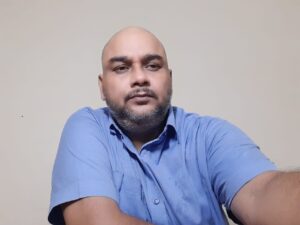
In his presentation at the forum, the Varanasi based chief functionary of Innervoice Foundation, which functions as CAMRO-Community Arsenic Mitigation and Research Organization, Dr Saurabh Singh, shared his work in eastern Uttar Pradesh and Bihar. He said, “Arsenic levels in groundwater are alarming. Arsenic consumed through water is slow poisoning. It causes cancer of the kidneys, skin, and other cardiovascular diseases. Arsenic content in potable water is a violation of human rights. Activists need to spread awareness of this grave health issue. Relevant state and federal authorities should and immediately intervene.”

Keynote speaker and recipient of Magsaysay Award 2001 and Stockholm Water Prize 2015, Dr Rajendra Singh, speaking from Dubai, congratulated and praised the water conservation work of civil societies and state governments on WWD. He lauded these groups for working according to their calling and expertise in their respective fields of water conservation. Encouraging participants of the Global Bihari forum, he said, “Water Day should not be observed one day in a year, but every moment. He praised the United Nations’ theme for this WWD. “Water conservation workers would be successful if we fill Earth’s belly with water. If Earth’s belly is empty then our stomachs too will not get water.”
Also read: Experts raise pitch against Arsenic contamination on World Water Day
Dr Singh urged all to unite, spread awareness on preserving the world’s flora and fauna, and work to strengthen the sustainable development of water resources. “To achieve this noble goal as well as preventing pollution we must be ready even to go on satyagraha,” he said and added the government’s education ministry should consider adding lessons on water conservation in the school syllabus.
Watch the webinar proceedings on Zoom here:
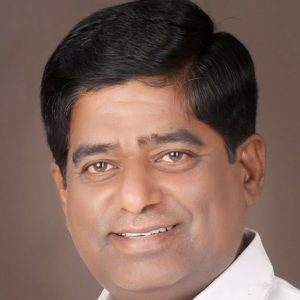
Telangana Water Resources Development Corporation Chair Veeramalla Prakash Rao spoke on the topic ‘Ways to replenish groundwater. “India has 16 per cent of the world’s population, but only four per cent have access to potable water.” He shared Telangana’s success story of replenishing groundwater in 42 water bodies.

Centre Head of Central Groundwater Board, Bengaluru, Anitha Shyam, said, “Groundwater meets 50 per cent of the world’s drinking water needs and 40 per cent of global irrigation needs. Around 85 per cent of rural India, 65 per cent of Urban India and 55 per cent of India’s irrigation meet their water needs from groundwater.
“Through modern technology such as deep penetrating borewells, man is extracting more water than he is recharging it. From a comfortable position, over-extraction has brought us to this state. For example, in Karnataka, overexploitation of water prevails in 52 taluks according to our latest GW data 2020. We need a strategy to manage our water problem. Rather than conflict, the decision-makers need to co-operate. We need to prioritise needs whether potable water or for other domestic use. Based on the need, we can control the supply so each sector receives water. If all people join hands and co-operate, we will be able to reach our goal of sustainable development of water resources.”
On the challenges, Anitha said, “we should have sufficient source water, space, and quantity of rainwater harvesting. We should be able to recharge our aquifers efficiently”.
On involving the local community in sustainable recharging, Anitha said, “We have taken up one taluk in Karnataka for artificial recharging. We are training the local community to achieve this. We support them with technical information. We train people at two levels – one government department staff, and two, the grass-roots workers.”
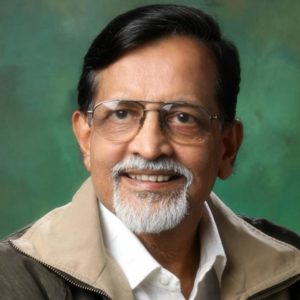
Paediatric surgeon and water diseases expert Dr Ravindra Vora spoke on ‘The impact of contaminated water on health’. He listed the threats and remedies in his PowerPoint presentation. “Conservation of water and sustainable use is the way forward,” he said. “Drinking water is limited. Just three per cent of water available on our planet is potable, 97 per cent is salty seawater. Out of the three per cent, two per cent of glaciers in the Arctic and Antarctica poles hold two per cent. So only one per cent of potable water is available to humans.”
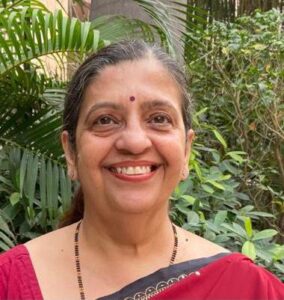
Environmentalist and Indian Himalayan River Basin Council Chair Dr Indira Khurana spoke on the topic ‘The link between groundwater and a river’ from Agartala, Tripura where she launched an event on WWD. she said, “We went to the source of the 51-km long Howrah River. It flows through Agartala town and then it goes on to Bangladesh. We are studying the challenges this river faces.”
On the WWD theme, Dr Indira said, “Groundwater is visible to us in various forms, but sometimes we choose to ignore it. Almost 85 per cent of the rural water supply comes from groundwater. It is there in our food. Around 65 per cent of our food comes from there. It is there in diseases that Dr Saurav spoke about. It is there in dried wells and the distress migration we see from rural to urban areas. Lack of groundwater manifests itself in many forms. Sometimes we choose to ignore it and sometimes we choose to appreciate it.”
Dr Indira gave an outline of her group’s work of recharging groundwater in the Indian Himalayan river basin. “Our main work here is to link the hearts, minds actions of people living around rivers and to the rejuvenation of people and society. Here, it is important to realise the dynamic and symbiotic relationship between groundwater and surface water and rivers. For example, the work done by Tarun Bharat Sangh of reviving rivers. They did it by first recharging the groundwater by building structures that allowed the recharging of groundwater. So, this dynamic relationship between the groundwater and surface water that had snapped came alive through the efforts of water conservation.”
*Sudeep Sonawane is a Consulting Editor of Global Bihari. He has lived in five countries in the Middle East and Asia and worked for newspapers published there.


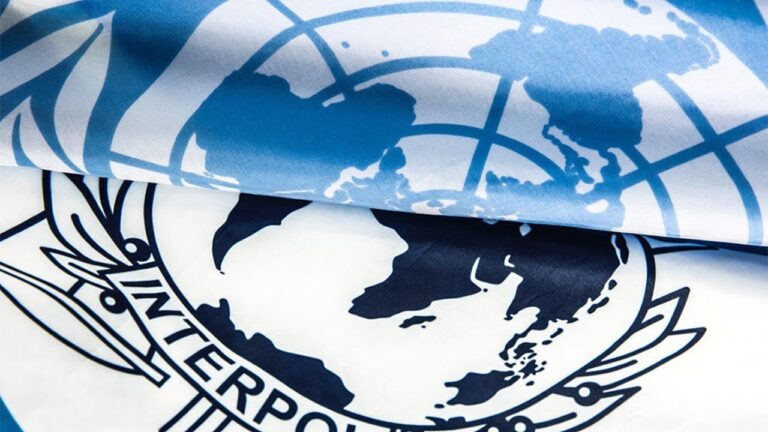
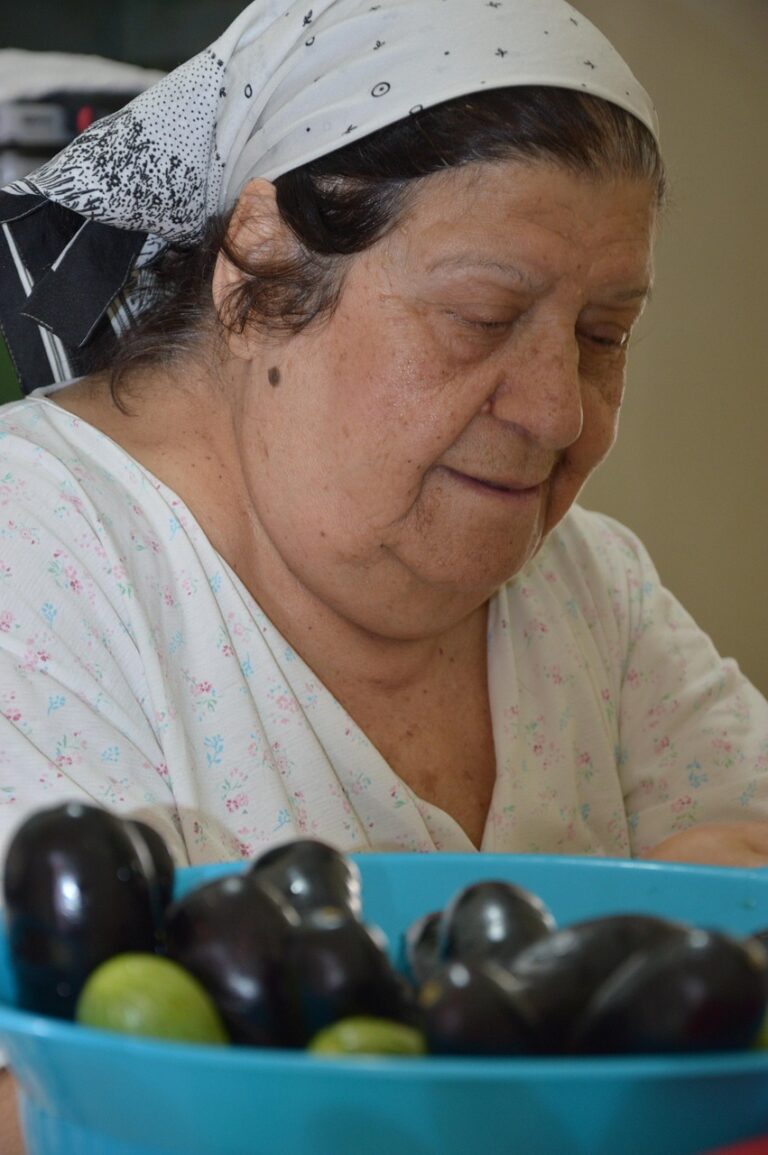
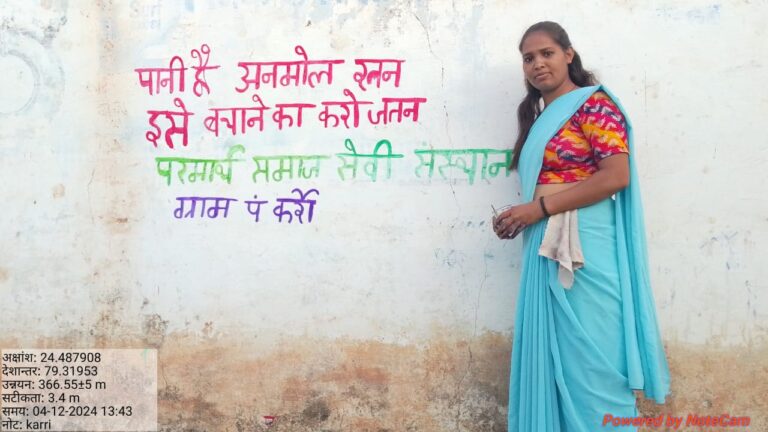
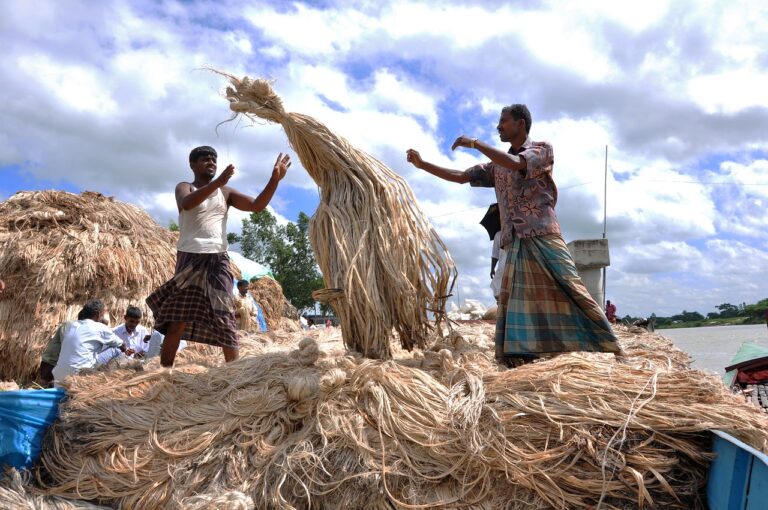
My spouse and I stumbled over here different web page and thought I may as well check things out. I like what I see so I am just following you. Look forward to finding out about your web page repeatedly.
I couldn’t resist commenting